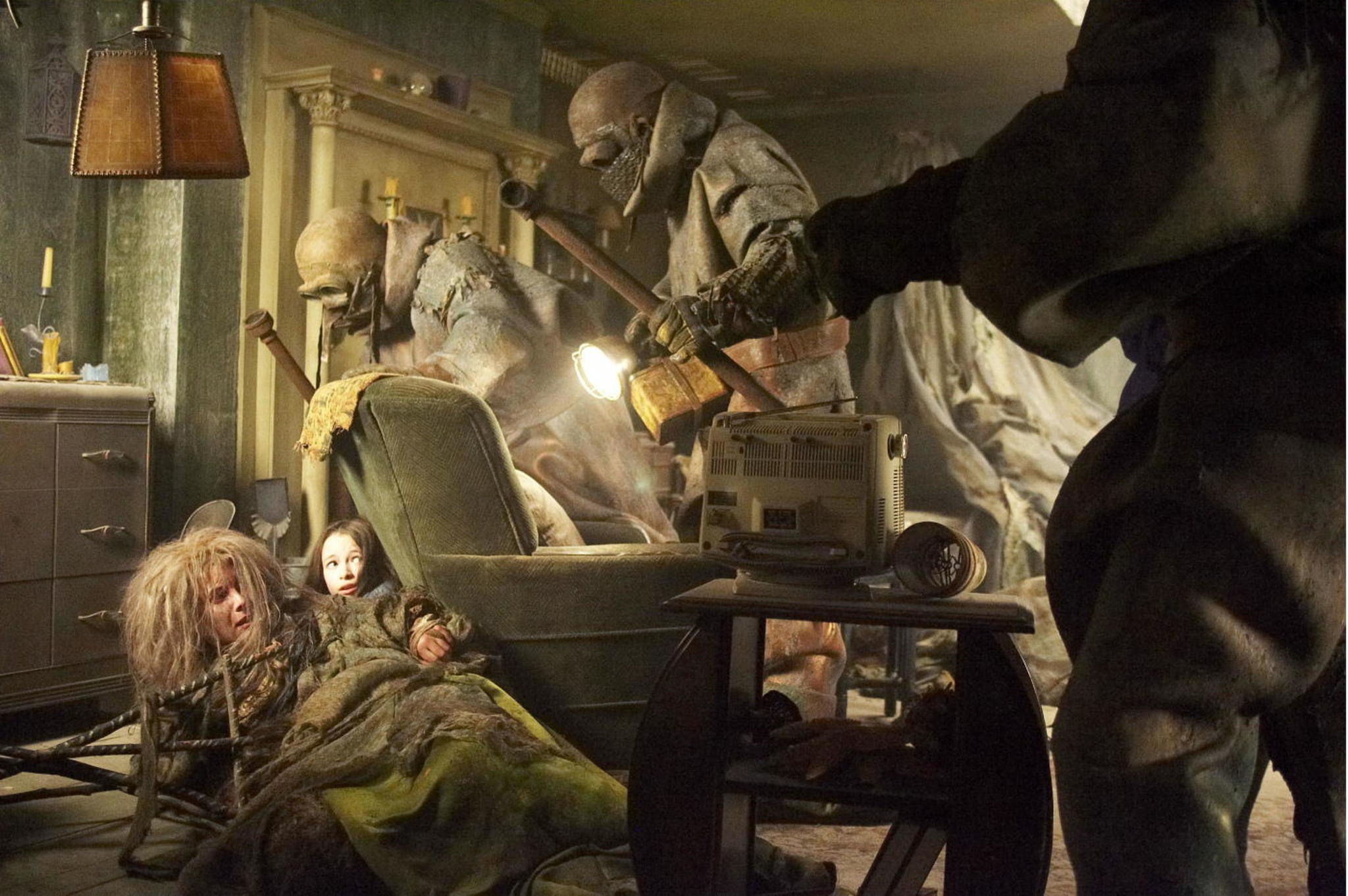“Silent Hill” (2006)

“Silent Hill,” directed by Christophe Gans and released in 2006, is a psychological horror film adapted from the popular video game series of the same name. Known for its chilling atmosphere, intricate narrative, and unsettling imagery, the film has garnered a reputation as a notable entry in the horror genre. It stands out for its faithful representation of the source material and its exploration of deep-seated fears and psychological trauma. This essay provides a comprehensive analysis of the film’s plot, themes, character development, visual style, and its impact on horror cinema.
The film’s narrative centers around Rose Da Silva (played by Radha Mitchell), a mother who takes her adopted daughter, Sharon (Jodelle Ferland), to the eerie and mysterious town of Silent Hill in a desperate search for answers related to her daughter’s disturbing nightmares and sleepwalking episodes. As Rose arrives in Silent Hill, she is confronted with a series of horrifying events that reveal the town’s dark secrets and its connection to her daughter’s condition.
Silent Hill is depicted as a place shrouded in fog, plagued by disturbing manifestations, and inhabited by grotesque creatures. The plot reveals that the town is the site of a tragic event involving a fire and a cult that sought to rid the town of what they believed were sinful individuals. As Rose delves deeper, she discovers that Silent Hill is both a literal and metaphorical representation of the darkness within the human psyche. The town’s twisted reality is a manifestation of repressed guilt, trauma, and unresolved conflict.

The central theme of “Silent Hill” is the exploration of guilt and redemption. The film delves into the idea that Silent Hill functions as a purgatorial space where characters confront their deepest fears and sins. This is particularly evident through the film’s depiction of the town’s disturbing religious iconography and the horrifying manifestations that reflect the inner turmoil of the characters. The themes of motherhood, loss, and the search for identity are also integral to the narrative, as Rose’s journey is driven by her maternal instincts and the quest to understand her daughter’s plight.
Radha Mitchell’s portrayal of Rose Da Silva is a pivotal element of the film. Her character is driven by a deep love for her daughter and a desperate need to uncover the truth. Mitchell effectively conveys Rose’s emotional journey from a determined mother to a tormented soul grappling with the town’s horrific revelations. Rose’s character arc is central to the film’s exploration of fear and redemption, and Mitchell’s performance adds a layer of depth and authenticity to the narrative.
Jodelle Ferland, as Sharon Da Silva, delivers a haunting performance that captures the innocence and vulnerability of a child caught in a nightmarish world. Sharon’s character serves as both a catalyst for the story and a symbol of the innocence that is corrupted by the darkness of Silent Hill. Her interactions with Rose and the town’s malevolent forces contribute significantly to the film’s emotional impact.

The supporting cast includes a range of characters who each play a role in unraveling the town’s mystery. Sean Bean plays Christopher Da Silva, Rose’s estranged husband, who becomes embroiled in the search for his family. Bean’s portrayal adds complexity to the family dynamic and highlights the emotional stakes of the story.
One of the most memorable characters is Dahlia Gillespie (Alice Krige), a woman deeply connected to the town’s tragic history. Krige’s performance imbues Dahlia with a sense of tragic depth and madness, adding to the film’s unsettling atmosphere. The character of Pyramid Head (played by Roberto Campanella) is another standout, serving as a terrifying embodiment of the town’s darkest elements.
“Silent Hill” is notable for its distinctive visual style, which faithfully recreates the eerie and atmospheric tone of the video game series. The film’s cinematography, by Dan Laustsen, employs a muted color palette and heavy use of fog to create a sense of foreboding and disorientation. The foggy, desolate streets of Silent Hill are depicted with a haunting beauty that immerses the viewer in the town’s nightmarish reality.

The film’s special effects and creature design are key elements in its ability to unsettle and shock audiences. The grotesque and imaginative designs of the town’s inhabitants, including the iconic Pyramid Head, are both visually striking and deeply disturbing. The practical effects and CGI work together to create a nightmarish world that is both surreal and horrifying.
The use of lighting and sound is also crucial in establishing the film’s mood. The dimly lit scenes and oppressive atmosphere contribute to the sense of dread and unease. The film’s score, composed by Akira Yamaoka, further enhances the horror elements, with its eerie and atmospheric music complementing the unsettling visuals and narrative.
“Silent Hill” has been recognized for its successful adaptation of the video game series, maintaining the essence of the original while translating it into a cinematic experience. The film’s dedication to preserving the source material’s atmosphere and themes has been praised by fans and critics alike.

The film’s exploration of psychological horror, combined with its unsettling visuals and atmospheric storytelling, has contributed to its standing as a notable entry in the genre. While some critics have noted its slow pacing and complex plot, many have commended its ability to evoke a deep sense of dread and its faithful representation of the game’s nightmarish world.
“Silent Hill” (2006) stands out as a significant film in the horror genre, distinguished by its faithful adaptation of the video game series, its exploration of psychological and thematic depth, and its striking visual and auditory elements. Through its complex narrative, evocative character development, and chilling atmosphere, the film offers a profound and unsettling experience that resonates with viewers and remains influential in the realm of horror cinema.









